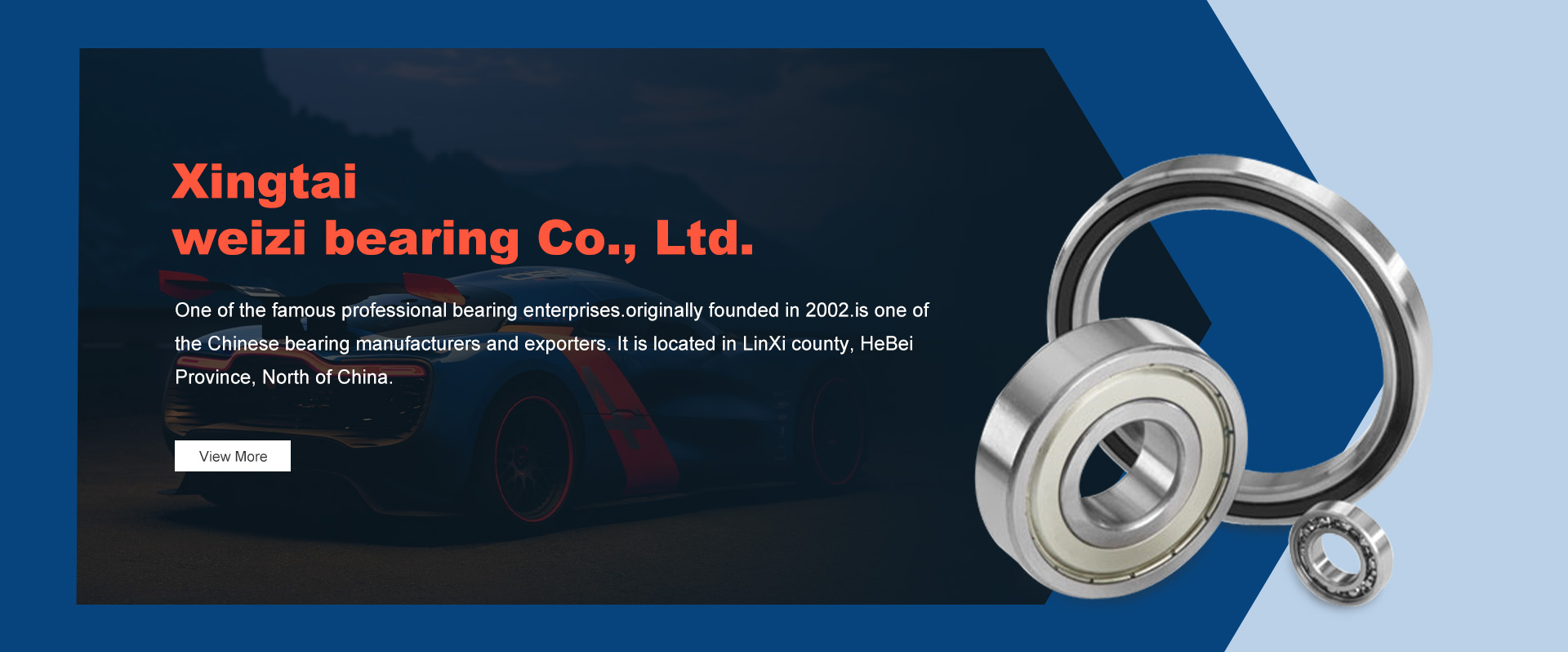
Nov . 04, 2024 22:30 Back to list
what is thrust bearing and journal bearing
Understanding Thrust Bearings and Journal Bearings
Bearings play a crucial role in machinery, allowing moving parts to rotate with reduced friction. Two key types of bearings commonly used in various applications are thrust bearings and journal bearings. Each of these bearings serves its own specific purpose and is designed to handle different types of loads, making them essential components in many mechanical systems.
Thrust Bearings
Thrust bearings are designed to accommodate axial loads, which are forces acting parallel to the axis of rotation. Typically found in applications where there is significant thrust or axial motion, these bearings enable rotary motion while supporting the load applied along the shaft's axis. Common applications include automotive engines, ship propellers, and various industrial machinery.
There are two primary types of thrust bearings *flat thrust bearings* and *cylindrical thrust bearings*.
- Flat Thrust Bearings This type often consists of washers made of materials like steel or bronze, positioned between the rotating shaft and the stationary housing. The flat surfaces allow for smooth rotation while distributing the axial load across the surface area.
- Cylindrical Thrust Bearings These bearings feature a series of cylindrical rollers arranged between two raceways. The cylindrical design can handle higher loads compared to flat bearings, making them suitable for heavy machinery and applications requiring high levels of durability.
Thrust bearings are characterized by their ability to handle steady loads without experiencing excessive wear. However, they typically have limitations in their speed capacity, which can vary based on the design and materials used, making proper selection for specific applications critical.
Journal Bearings
In contrast to thrust bearings, journal bearings primarily support radial loads, which are perpendicular to the axis of rotation. Journal bearings consist of a shaft (the journal) that rotates within a bearing sleeve or bushing. The design of journal bearings allows for smooth rotary motion, essential in applications where high speeds and low friction are paramount.
what is thrust bearing and journal bearing

There are a couple of main types of journal bearings *plain journal bearings* and *rolling-element journal bearings*.
- Plain Journal Bearings These are the most straightforward type, comprising a simple sleeve with a shaft inserted into it. The lubrication between the shaft and the bearing reduces friction, allowing for a range of motion with minimal wear. The size and material of the sleeve can vary based on the application and the load conditions.
- Rolling-Element Journal Bearings These bearings incorporate rolling elements, such as balls or rollers, which reduce the contact area between the shaft and the bearing surface, allowing for lower friction and higher performance. They tend to handle higher speeds than plain journal bearings and are often used in applications where efficiency is crucial.
Journal bearings can also be classified based on lubrication methods into *hydrodynamic* and *hydrostatic* bearings. Hydrodynamic bearings rely on a film of lubricant created by the motion of the shaft, while hydrostatic bearings use an external pump to deliver oil to form a bearing film.
Comparison and Applications
While both thrust and journal bearings are crucial to ensuring smooth operations in machines, their specific designs cater to different loading conditions. Thrust bearings are ideal for applications where there is significant axial load, while journal bearings excel under radial loads and high-speed conditions.
In automotive applications, thrust bearings may be found in clutches and transmission systems, preventing axial movement of components, while journal bearings are prevalent in engines, supporting rotating shafts and ensuring they operate smoothly.
Conclusion
Understanding the roles and differences between thrust bearings and journal bearings is essential in the field of mechanical engineering and various industries. Proper selection and maintenance of these bearings contribute significantly to the longevity and efficiency of machinery. With advancements in materials and engineering, both types of bearings continue to evolve, leading to improved performance and capabilities in a wide range of applications.
Latest news
-
Spherical Roller Bearings Applications: Heavy Duty, Self-Aligning
NewsAug.30,2025
-
Premium Deep Groove Ball Bearings | High Speed & Reliability
NewsAug.29,2025
-
Durable Scaffolding Clamps - Secure & Reliable Tube Connectors
NewsAug.28,2025
-
Common Failures in Thrust Ball Bearings and Solutions
NewsAug.22,2025
-
How Tapered Roller Bearings Can Take Shock Loads
NewsAug.22,2025
-
Angular Bearings in High-Precision Spindles
NewsAug.22,2025
